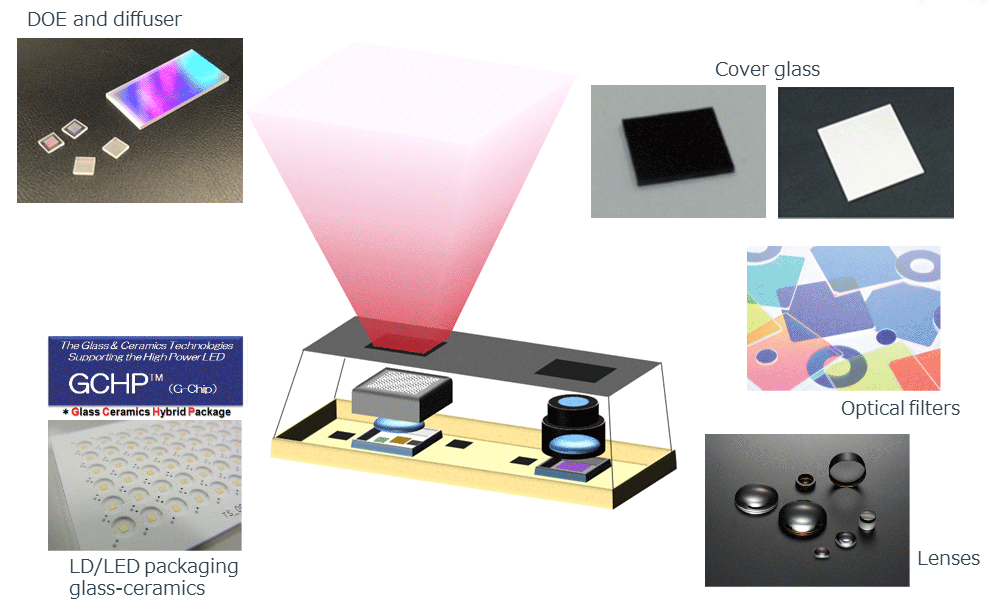

This lack of overall strength and durability means it can be easy to damage your PLA print during post-processing if you don’t handle it with care. For this reason, PLA use is often reserved for items meant just to be displayed or proof of concept prototypes. PLA is cheap and easy to work with, but it’s not exactly known for its strength. You’ll have to be extra careful employing any method that introduces heat or friction to your PLA print. While you shouldn’t be using enough heat to melt your PLA print during post-processing, it’s still possible to introduce enough heat to go above the glass transition temperature, which can result in significant deformation. One of the factors that make PLA an easy filament to work with is the fact that it melts at relatively low temperatures. We suggest that you stick to old-fashioned methods that won’t expose you to unnecessary hazards. Whatever other chemical alternatives are almost impossible to purchase without supporting documentation. Smoothing using tetrahydrofuran (THF) used to be quite common, but THF has since been declared as a potential carcinogen.

Thus, there really aren’t many finishing methods for PLA that involve the use of solvents. This means that its molecular structure does not have many polar groups that make it susceptible to attack by typical solvents like acetone. PLA is unusual as far as plastics go because it is derived from organic, rather than petroleum-based, sources. In selecting the best finishing technique for your PLA print, there are certain characteristics that you may consider in making your decision. This can be particularly important if you’re printing with PLA, which is known as one of the most forgiving and easiest 3D printing filaments to work with.
#3d coat glass how to
Even if you’re just doing 3D printing for fun, learning how to post-process your prints is still a great way of upgrading your skills. If you want to offer 3D printing services professionally or to sell your finished 3D prints, then retaining these layers lines is simply unacceptable. These are the lines separating the individual layers of the filament and will show up regardless of how thin you set your layers to be. One glaringly obvious characteristic of a raw FDM print is the visible layer lines. While this technique gives the technology an incredible amount of design flexibility, it also has its inherent flaws. The approach of FDM printers towards additive manufacturing involves laying down thin layers of molten filament on top of one another, gradually building an object based on a reference 3D model. Why bother finishing your PLA prints anyway? In this article, we’re focusing on one of the most common in the 3D printing world – PLA. The appropriate finishing technique will depend on the results you’re looking for and the type of plastic material you’re working with. With the proper finishing technique, you can give your plain plastic 3D prints a more polished, mirror-like appearance. 3D Insider is ad supported and earns money from clicks, commissions from sales, and other ways.Īs versatile as 3D printers are when they turn digital 3D models into real-world objects, rarely do 3D printed projects come out with professional-grade quality without some degree of post-processing.


 0 kommentar(er)
0 kommentar(er)
